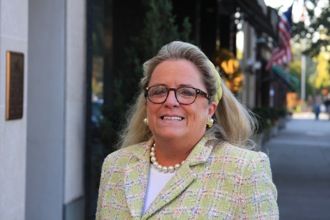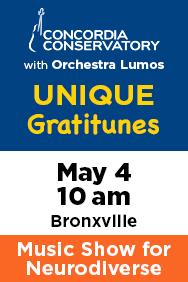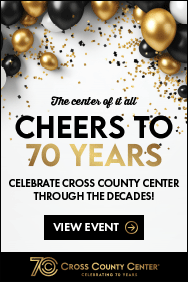From The Mayor: How Americans Vote

By Mary Marvin, Mayor, Village of Bronxville
Oct. 21, 2020: The saturation of the airwaves analyzing upcoming voting got me to thinking about all aspects of the way we vote (or don’t) as Americans.
As a nation, we have a dreadful voting record as judged by the eligible voters who actually cast a ballot. We rank 31st out of 34 when compared with the other most highly developed countries. A presidential election brings out the most voters, yet in the past few decades, this has only averaged 53% of the eligible American voters casting a ballot.
By contrast, recent national elections in Belgium, Turkey and Sweden brought out above 80% of the voting public. To be fair, Belgium and Turkey are two of the 28 nations where voting is compulsory. Though not strictly enforced, with many excuses accepted, the law does have a dramatic effect on participation. As example, Chile switched to volunteer voting and the percentage of voters plummeted in one year from 87% to 42% participation.
Higher voter turnout in Germany and Sweden is credited to automatic registration by the government when one reaches voting age. Registration, a personal responsibility in the US, only results in 65% of those eligible doing the required paperwork.
The date of voting seems to have great correlation with participation as well. In Australia, Brazil and Belgium, where voting is always on a weekend or national holiday, participation is above 80%.
Our Tuesday voting is anachronistic, dating back to a congressional decision in 1845. As a predominantly agrarian society at the time with travel by horse and buggy, voters needed a day to reach the county seat, a day to make their voting selections and then a day to travel back home, all without interfering with the three days of the week dedicated to religious worship. That left only Tuesday and Wednesday and Wednesday was the traditional Market Day so Tuesday was chosen, creating great inconvenience for many citizens in modern day America.
Every recent survey points to inconvenience as the number one reason Americans do not vote. Since Congress has managed to move Columbus Day, Martin Luther King Day and carve out a Presidents’ Day, the precedent is there, if not the inclination, to move from Tuesday voting.
Following close behind inconvenience as a reason for not voting are the following: lack of interest, too busy, can’t miss work, think their vote has no impact, illness, dislike of the candidates, out of town or simply forgot.
As to who actually votes, the data reveals that if you are young, or minority, less affluent and less educated, you vote in record low numbers.
Financial security is strongly correlated with nearly every measure of political engagement. As example, citizens earning over $100,000 vote in double the numbers of those with incomes below.
As to correlation with education,44 .4% of eligible voters without a high school diploma voted in the last presidential election versus a 77% turn out rate by those with a college degree.
As to gender and ethnic trends, they are changing as I write. Hispanic voters were notably the largest contributors to the electorate’s rise in voters. They alone account for 39% of the overall increase of the nation’s eligible voting population. In 2018, Hispanic voters accounted for 13%of the voting population.
From 2002 through 2018, the nation’s eligible voter population grew from 193.4 million to 233.7 million, an increase of 40.3 million voters. Hispanic, Black, Asian and other ethnicities accounted for more than 3/4 of this growth.
Despite this notable growth in the non-white voter population, non-Hispanic white voters still make up the large majority (67%) of the electorate as recorded in the 2018 elections. However, this group saw the smallest growth rate out of all racial ethnic groups from 2000 to 2018 causing their share to shrink by nearly 10 percentage points.
In all 50 states, the share of non-Hispanic white eligible voters declined, with ten states experiencing double digit drops. Hispanic voter gains were particularly large in southwestern United States including New Mexico, Arizona, Nevada, California and Texas. This trend is particularly notable in battleground states such as Florida and Arizona.
As example, in Florida two in ten eligible voters in 2018 were Hispanic, nearly double the share in 2000. And in the emerging battleground state of Arizona, Hispanic adults make up about one quarter of all eligible voters.
In every US presidential election for the past 40+ years, women have turned out to vote at a slightly higher rate than men.
According to a Pew Research Center survey spanning more than two decades, the results demonstrated that the Democratic Party maintains a wide and long-standing advantage among Black, Hispanic and Asian American voters. Among white voters, the partisan balance has been generally stable over the past decades, with the Republican party holding a slight advantage.
Wherever you fit in the above demographics, it is important to remember the words of President Eisenhower. “The future of this Republic is in the hands of the American voter.”
Pictured at top: Mary Marvin
Photos by A. Warner
Editor's note: As a public service, MyhometownBronxville publishes articles from local institutions, officeholders, and individuals. MyhometownBronxville does not fact-check statements therein, and any opinions expressed do not necessarily reflect the thinking of its staff.















